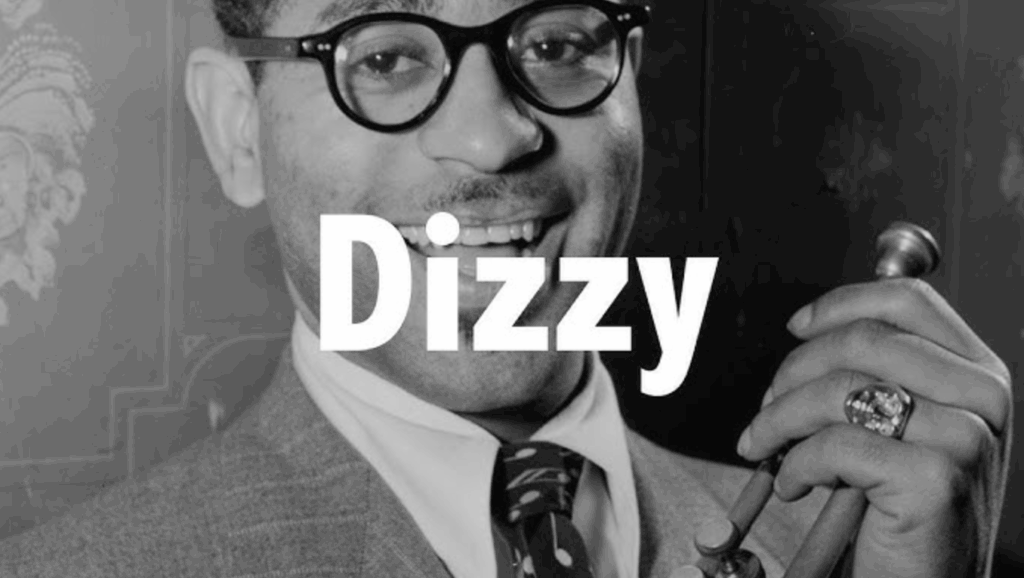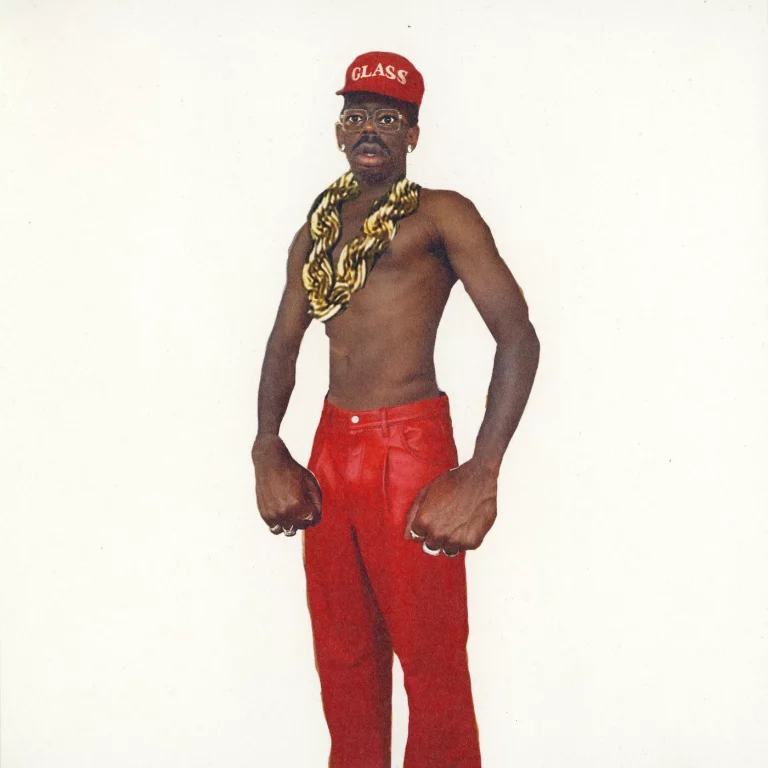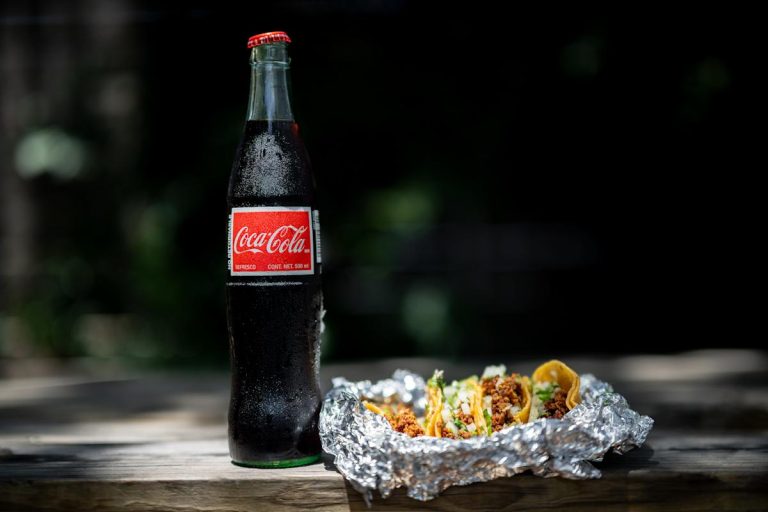It’s been said that the United States won the Cold War without firing a shot — a statement, as P. J. O’Rourke once wrote, that doubtless surprised veterans of Korea and Vietnam. But it wouldn’t be entirely incorrect to call the long stare-down between the U.S. and the Soviet Union a battle of ideas. Dwight Eisenhower certainly saw it that way, a worldview that inspired the 1956 creation of the President’s Special International Program for Participation in International Affairs, which aimed to use American culture to improve the country’s image around the world. (That same year, Eisenhower also signed off on the construction of the Interstate Highway System, such was the country’s ambition at the time.)
For an unambiguously American art form, one could hardly do better than jazz, which also had the advantage of counterbalancing U.S.S.R. propaganda focusing on the U.S.’ troubled race relations. And so the State Department picked a series of “jazz ambassadors” to send on carefully planned world tours, beginning with Dizzy Gillespie and his eighteen-piece interracial band (with the late Quincy Jones in the role of music director).
Starting in March of 1956, Gillespie’s ten-week tour featured dates all over Europe, Asia, and South America. These wouldn’t be his last State Department-sponsored tours abroad: in the videos above, you can see a clip from his performance in Germany in 1960. This touring even resulted in live albums like Dizzy in Greece and World Statesman.
Other jazz ambassadors would follow: Louis Armstrong (who quit over the high-school integration crisis in Little Rock), Duke Ellington, Benny Goodman, and Dave Brubeck (whose dim view of the program inspired the musical The Real Ambassadors). But none went quite so far in pursuing their cultural-political interests as Gillespie, who announced himself as a write-in candidate in the 1964 U.S. presidential election. He promised not only to rename the White House the Blues house, but also to appoint a cabinet including Miles Davis as Director of the CIA, Charles Mingus as Secretary of Peace, Armstrong as Secretary of Agriculture, and Ellington as Secretary of State. This jazzed-up administration was, alas, never to take power, but the music itself has left more of a legacy than any government could. Surely the fact that I write these words in a café in Korea soundtracked entirely by jazz speaks for itself.
https://www.youtube.com/watch?v=playlist
Related Content:
Dizzy Gillespie Worries About Nuclear & Environmental Disaster in Vintage Animated Films
Louis Armstrong Plays Historic Cold War Concerts in East Berlin & Budapest (1965)
When Louis Armstrong Stopped a Civil War in The Congo (1960)
Dizzy Gillespie Runs for US President, 1964. Promises to Make Miles Davis Head of the CIA
Based in Seoul, Colin Marshall writes and broadcasts on cities, language, and culture. His projects include the Substack newsletter Books on Cities and the book The Stateless City: a Walk through 21st-Century Los Angeles. Follow him on the social network formerly known as Twitter at @colinmarshall.








